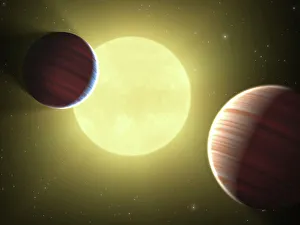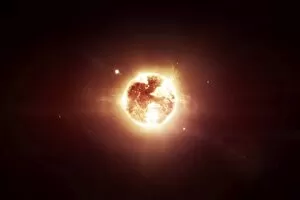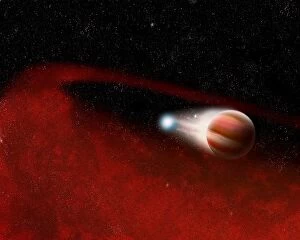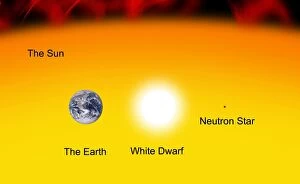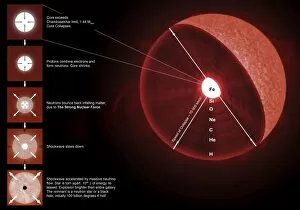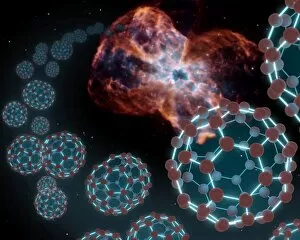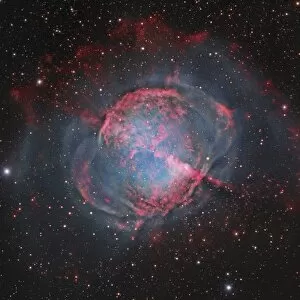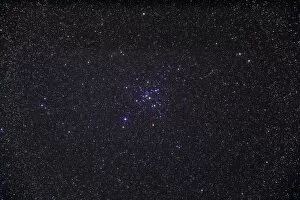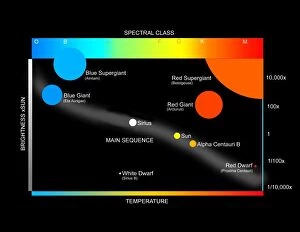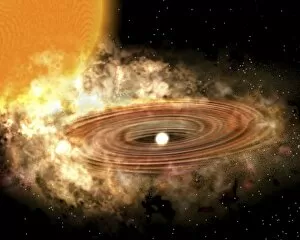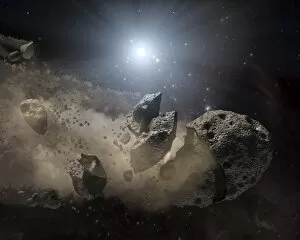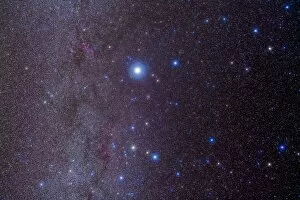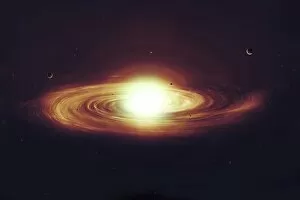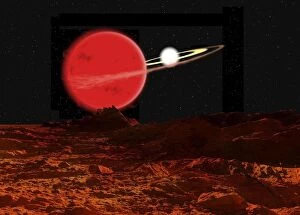White Dwarfs Collection
"Exploring the Mysteries of White Dwarfs: From Spectral Class to Black Holes" In this captivating diagram, we delve into the intriguing world of white dwarfs
All Professionally Made to Order for Quick Shipping
"Exploring the Mysteries of White Dwarfs: From Spectral Class to Black Holes" In this captivating diagram, we delve into the intriguing world of white dwarfs. The spectral class and luminosity of stars are beautifully showcased, unraveling their secrets one by one. An artist's concept mesmerizes us as it unveils two Saturn-sized planets discovered by Kepler, orbiting around a dying star that is on the verge of birthing a black hole – an awe-inspiring spectacle indeed. Our attention then shifts to an unusual class of interacting binary stars surrounded by a mesmerizing debris disk. This celestial phenomenon leaves us in wonderment at the intricate dance between these cosmic entities. A comet meets its fate as it is torn apart while encircling a dead star, leaving behind only fragments and remnants in its wake – a poignant reminder of nature's relentless power. The scale becomes apparent when comparing our humble Earth to both the sun and white dwarf stars, with neutron stars adding another layer of fascination. We are left astounded by their sheer magnitude and complexity. As we witness the final stages in the life cycle of massive stars leading up to supernovae explosions, we can't help but feel humbled by nature's grand finale for these celestial giants. The constellation Canis Major beckons us towards deep sky objects nearby; they serve as beacons guiding astronomers through uncharted territories within our vast universe. An artist's concept showcases Sirius A and Sirius B in their binary star system – an enthralling display that captivates our imagination with its stellar companionship. We are transported into space once more as carbon balls eject from a dying white star within a planetary nebula—an extraordinary sight that sparks curiosity about what lies beyond our own solar system. Saturn finds itself nestled amidst countless other celestial bodies within the Beehive Star Cluster—a breathtaking view that reminds us how interconnected everything truly is on cosmic scales unimaginable.


